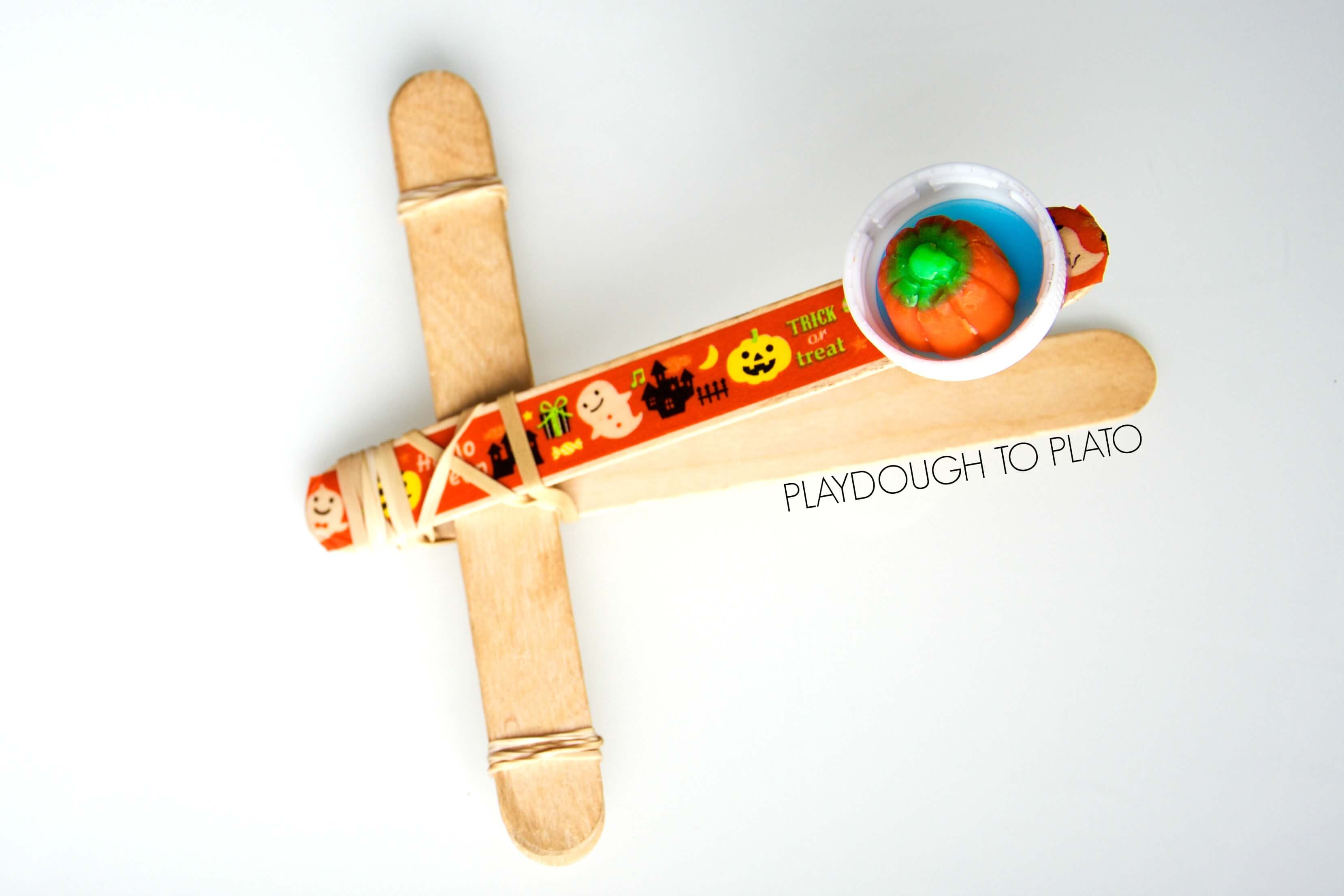Mini Pumpkin Catapult
Have you ever wanted to fling a tiny pumpkin across your backyard? Well, with a mini pumpkin catapult, you can do just that! This fun and educational project is the perfect way to get kids excited about science and engineering.
The Pain Points of Mini Pumpkin Catapult
While mini pumpkin catapults are a blast to use, building them can be a bit tricky. You'll need to gather materials such as PVC pipes, rubber bands, and wooden dowels, and then make sure everything is assembled correctly. It can also be frustrating if the catapult isn't powerful enough to launch the pumpkin as far as you'd like.
The Target of Mini Pumpkin Catapult
The target audience for mini pumpkin catapults is primarily children who are interested in science and engineering. This project is an excellent way to teach kids about physics, forces and motion, and simple machines. It's also a fun fall activity that can be done both indoors and outdoors.
Summary of Mini Pumpkin Catapult and Related Keywords
In summary, a mini pumpkin catapult is a simple machine that uses physics to launch small pumpkins across a distance. This project is perfect for children who are interested in science and engineering, but it can also be enjoyed by adults who are looking for a fun fall activity. Some of the pain points of building a mini pumpkin catapult include the assembly process and ensuring that the catapult is powerful enough to launch the pumpkin a significant distance.
Building a Mini Pumpkin Catapult
Building a mini pumpkin catapult is a fun and educational project that can be done with materials found around the house. To begin, you'll need to gather your supplies. Some of the materials you'll need include PVC pipes, wooden dowels, rubber bands, and a small pumpkin. Follow these steps to make your mini pumpkin catapult:

- Start by cutting the PVC pipes into the appropriate lengths. You'll need two 10-inch pieces, two 5-inch pieces, and two 4-inch pieces.
- Connect the pieces using PVC connectors. You should end up with two L-shaped pieces that will form the base of the catapult.
- Connect the two L-shaped pieces together using a PVC cross-connector.
- Attach a wooden dowel to the base of the catapult using rubber bands. This will serve as the arm of the catapult.
- Add a small PVC pipe to the end of the wooden dowel. This will increase the accuracy of your catapult.
- Finally, load your small pumpkin and launch your mini pumpkin catapult!
Building a mini pumpkin catapult is a fun and educational project that can be enjoyed by both children and adults. Plus, you'll have a blast launching small pumpkins across your backyard!
Tips for Making a Powerful Mini Pumpkin Catapult
If you're looking to make a mini pumpkin catapult that can launch your pumpkin a significant distance, here are some tips to follow:
- Make sure the arm of your catapult is long enough. The longer the arm, the more potential energy will be stored in the system.
- Use strong rubber bands to connect the arm to the base of the catapult. This will increase the tension and help launch the pumpkin further.
- Adjust the position of the small PVC pipe on the end of the arm. Moving it forward or backward can affect the trajectory of the pumpkin.
- Experiment with different sized pumpkins to find the perfect weight for your catapult.
With these tips, you'll be launching mini pumpkins across your yard in no time!
Question and Answer
Q: Can I build a mini pumpkin catapult with materials found around my house?
A: Absolutely! You can use PVC pipes, wooden dowels, and rubber bands to create a mini pumpkin catapult. You'll also need a small pumpkin to launch.
Q: How far can a mini pumpkin catapult launch a small pumpkin?
A: The distance that a mini pumpkin catapult can launch a small pumpkin depends on various factors, such as the length of the arm, the tension of the rubber bands, and the weight of the pumpkin. However, with the right setup, you can launch a small pumpkin up to 20 feet!
Q: What is the best time of year to build and launch a mini pumpkin catapult?
A: The best time of year to build and launch a mini pumpkin catapult is during the fall months. This is because pumpkins are in season, and the cooler temperatures make for ideal launching conditions.
Q: How can I make my mini pumpkin catapult more accurate?
A: To make your mini pumpkin catapult more accurate, adjust the position of the small PVC pipe on the end of the arm. Moving it forward or backward can affect the trajectory of the pumpkin. You can also experiment with different sized pumpkins to find the perfect weight for your catapult.
Conclusion of Mini Pumpkin Catapult
In conclusion, a mini pumpkin catapult is a fun and educational project that can be enjoyed by both children and adults. It's an excellent way to teach kids about science and engineering while also having a blast launching small pumpkins across your yard. By following these tips and building your own mini pumpkin catapult, you'll have hours of fun this fall season!
Gallery
Pumpkin Catapult | Kaplan Early Learning Company | Early Learning

Photo Credit by: bing.com / catapult kaplanco
Pumpkin Catapult | Kaplan Early Learning Company | Catapult, Pumpkin

Photo Credit by: bing.com / catapult
Backyard PVC Pumpkin Catapult - StlMotherhood

Photo Credit by: bing.com / catapult pumpkin stlmotherhood pumpkins afternoons hurl chuck
Candy Pumpkin Catapults - Playdough To Plato

Photo Credit by: bing.com / pumpkin catapults stem halloween candy kids catapult make kindergarten activities project preschool pumpkins playdough plato game projects engineering making games
Pin On MakerCamp-Flight-Week5

Photo Credit by: bing.com / catapult mini make simple kids machine toy medieval pumpkin crafts